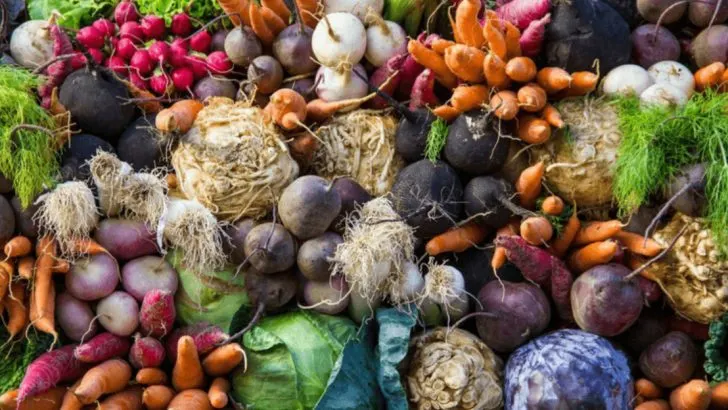Growing root vegetables can be one of the most satisfying parts of gardening, but it’s not as simple as just planting and waiting for the harvest. There’s a bit of technique involved, and understanding the needs of these underground growers can make all the difference in the quality and size of your vegetables. If you’ve ever struggled with stunted carrots or misshapen beets, these tips will help you achieve a better, more successful crop.
In this guide, we’ll cover some practical, easy-to-follow tips for growing perfect root vegetables year after year. From choosing the right soil to knowing when to harvest, these tricks will set you up for success—ensuring that your root vegetables come out just the way you want them: healthy, tasty, and ready for your next meal.
Choose the Right Soil Type
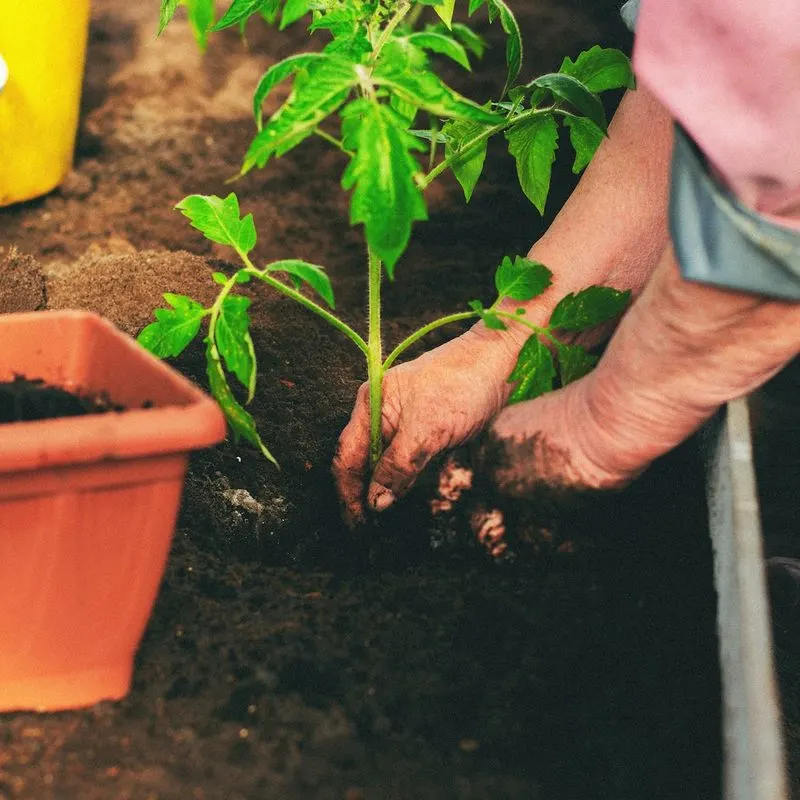
Selecting the correct soil is crucial for root vegetable success. Opt for loamy soil, which balances sand, silt, and clay, providing good drainage and nutrient retention.
Avoid heavy clay soils that can impede root growth.
Amend your soil with organic matter such as compost or well-rotted manure to enhance its structure. This addition improves aeration and ensures that root vegetables receive adequate nutrients.
Testing your soil’s pH is also beneficial. Aim for a pH between 6.
0 and 7. 0 to create an optimal environment for most root vegetables to thrive.
Implement Proper Spacing

Spacing is a key factor in growing healthy root vegetables. Crowded plants compete for nutrients and light, leading to stunted growth.
Follow seed packet instructions for specific spacing requirements.
Typically, root vegetables need a few inches between each plant. This allows ample room for roots to expand without competition.
Proper spacing also aids in air circulation, reducing the risk of fungal diseases. Remember that some vegetables, like carrots and radishes, require more space than others, so plan your garden layout accordingly.
Consistent Watering Routine
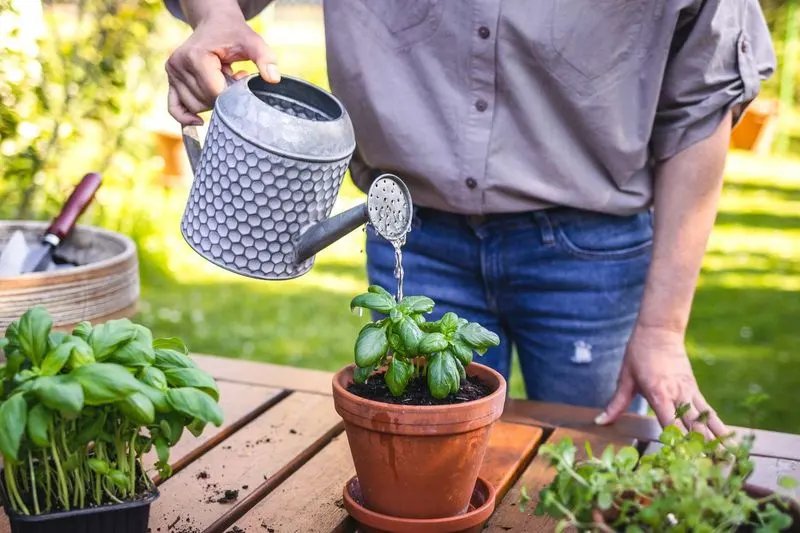
Maintaining a consistent watering schedule is vital for root vegetable development. Irregular watering can cause split roots or poor yields.
Water deeply, ensuring the moisture reaches the root zone.
Check the soil regularly; it should be moist but not waterlogged. Overwatering can lead to rot, while underwatering stresses plants.
Mulching can help retain soil moisture and regulate temperature. Apply a layer around your plants, taking care not to cover the crowns, to support steady growth and maximize your root vegetable harvest.
Utilize Companion Planting
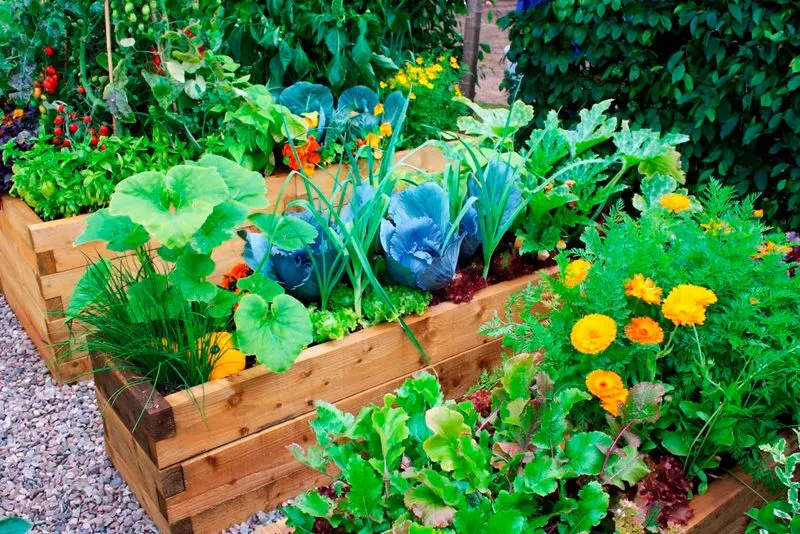
Companion planting can enhance the growth of root vegetables. Certain plants deter pests or improve soil conditions.
Marigolds, for instance, repel nematodes, while onions can ward off insect invaders.
Strategically place these companions among your root vegetables. This natural pest control method reduces the need for chemical pesticides and encourages biodiversity.
Additionally, some companion plants can enhance flavors or growth rates. Experiment with combinations like radishes and lettuce to create a thriving, harmonious garden environment.
Regularly Thin Seedlings
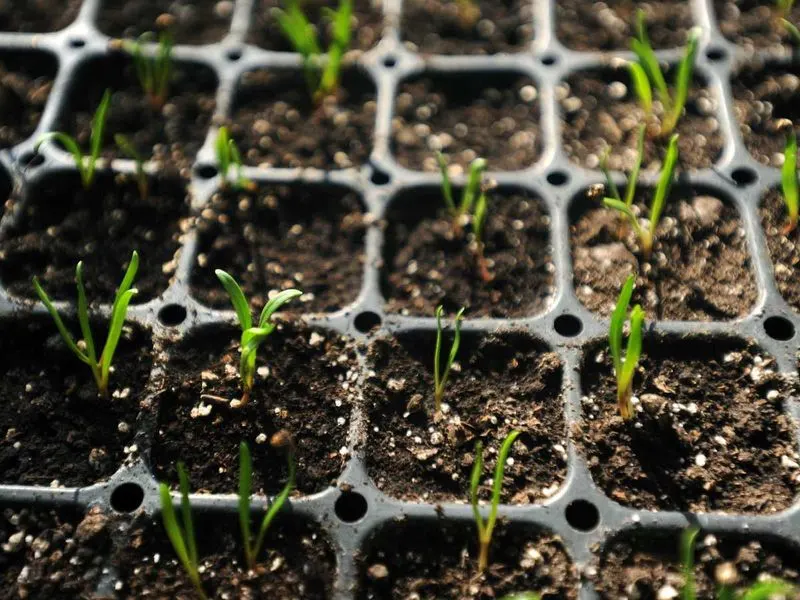
Thinning seedlings is essential for root vegetable success. Overcrowded seedlings compete for nutrients and light, inhibiting growth.
Once plants develop their first true leaves, thin them to the recommended spacing.
This practice ensures each plant has enough room to expand. Gently remove excess seedlings to avoid disturbing the roots of those you wish to keep.
Thinning also helps improve air circulation around plants, reducing disease risk. Regular thinning promotes robust, healthy root vegetables, leading to a more productive harvest.
Monitor Pests and Diseases

Vigilance against pests and diseases is crucial for growing root vegetables. Regularly inspect your plants for signs of trouble, like discolored leaves or holes.
Common pests include aphids, beetles, and nematodes.
Use organic methods, such as neem oil or insecticidal soap, to manage infestations. For diseases, remove affected foliage promptly and maintain good garden hygiene.
Encourage beneficial insects, like ladybugs, to naturally control pest populations. Implementing these practices helps maintain healthy plants and ensures a bountiful crop of root vegetables.
Fertilize Appropriately
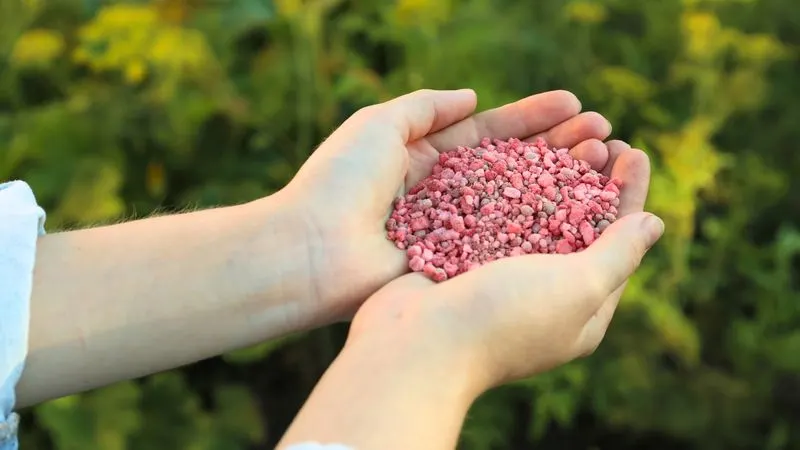
Proper fertilization is key to growing perfect root vegetables. Use a balanced, organic fertilizer that supports root development.
Avoid high-nitrogen fertilizers, which can lead to excessive leaf growth over roots.
Apply fertilizer according to package instructions, usually at planting and mid-season. This ensures plants receive consistent nutrition throughout their growth cycle.
Consider a soil test to tailor your fertilization strategy, addressing any nutrient deficiencies. With the right approach, your root vegetables will thrive in nutrient-rich conditions, producing impressive yields.
Rotate Crops Annually
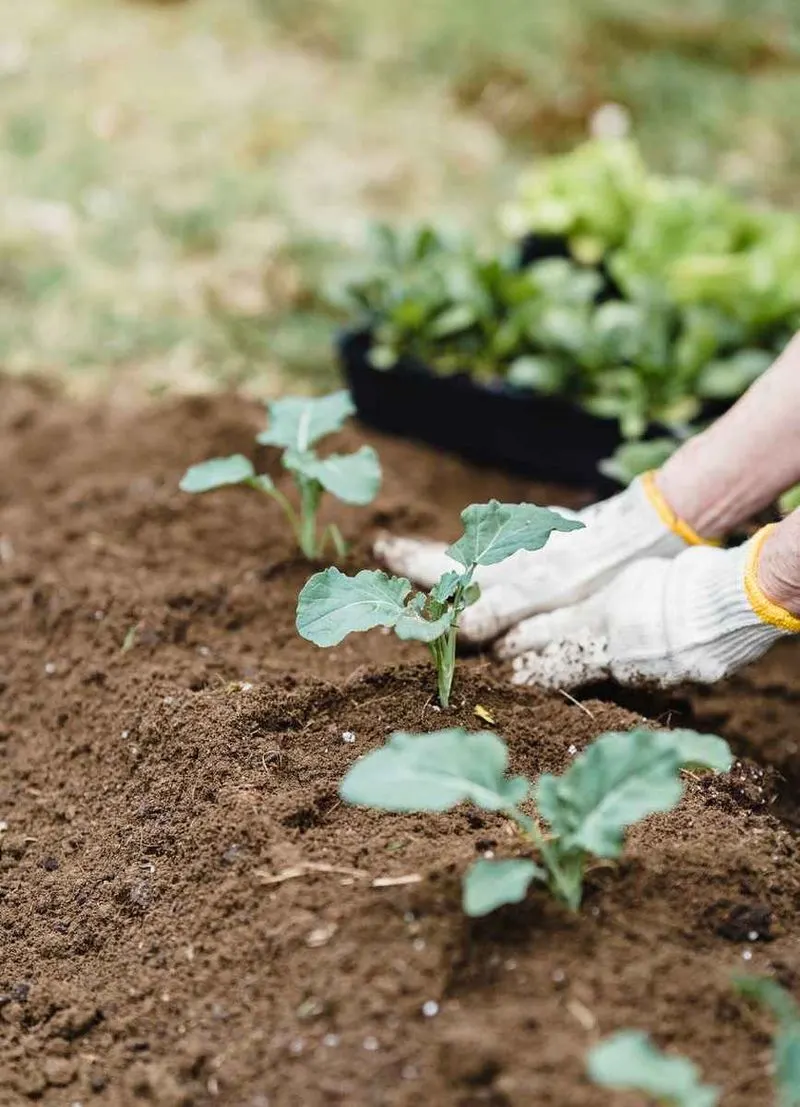
Crop rotation is a vital strategy for healthy root vegetable growth. Avoid planting the same family of vegetables in the same spot yearly, as this can lead to soil depletion and disease build-up.
Plan your garden so that different plant families occupy new areas each season. This practice disrupts pest life cycles and maintains soil fertility.
By rotating crops, you enhance soil health and boost vegetable production. Implementing this method ensures sustainable gardening and maximizes your root harvests every year.
Ensure Adequate Sunlight
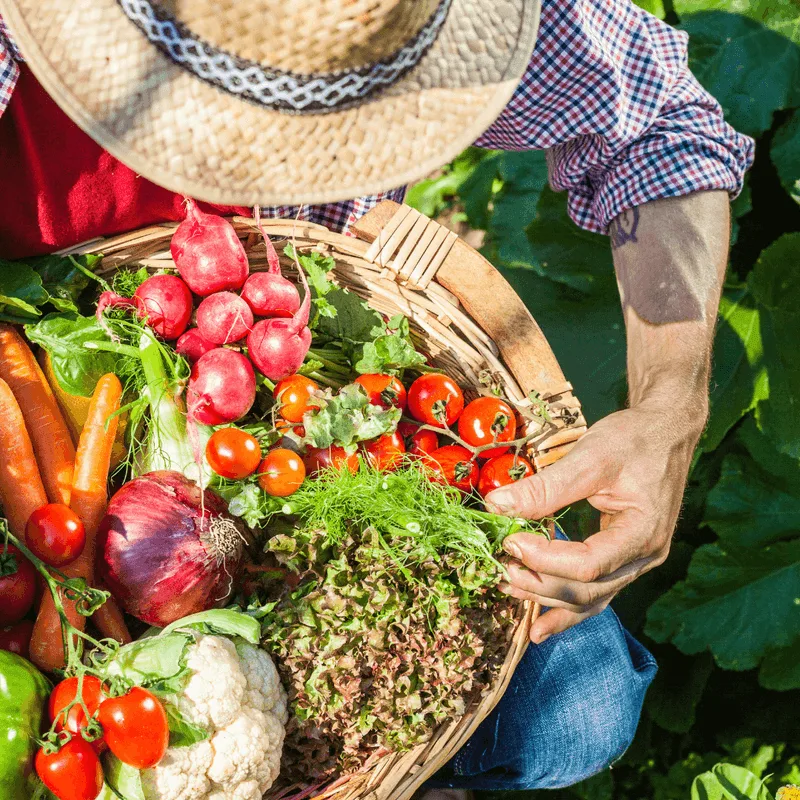
Sunlight is essential for vigorous root vegetable growth. Most root vegetables require at least six to eight hours of direct sunlight daily.
Position your garden to receive optimal sunlight exposure.
Avoid planting in shaded areas, as this can lead to poor development and smaller yields.
Consider seasonal changes in sunlight patterns when planning your garden layout. Providing adequate sunlight helps root vegetables photosynthesize effectively, promoting healthy growth and robust, flavorful crops.
Harvest at the Right Time
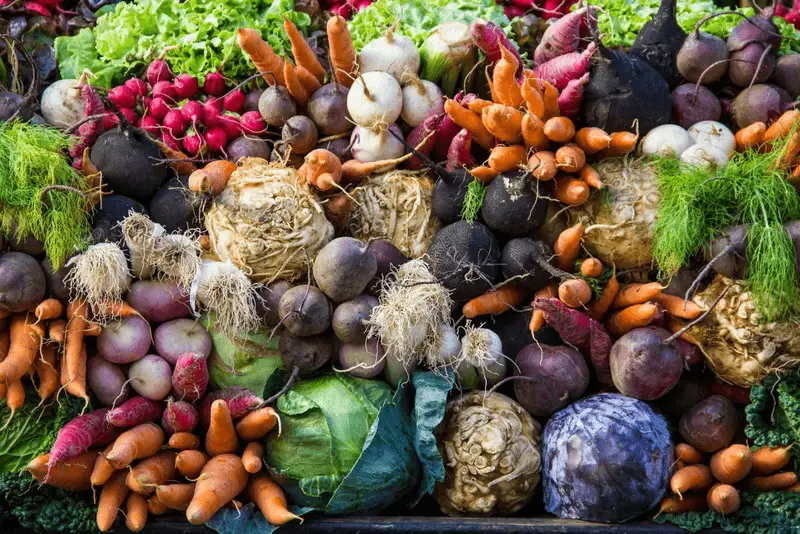
Timing is everything when harvesting root vegetables. Harvest too early, and your vegetables may lack flavor or size.
Wait too long, and they could become woody or bitter.
Check seed packets for maturity timelines and observe your vegetables as they grow. Look for signs of readiness, such as firm roots and vibrant foliage.
Use a gentle hand when harvesting to avoid damaging the roots. With patience and attention, you’ll enjoy perfectly timed, delicious root vegetables from your garden.

